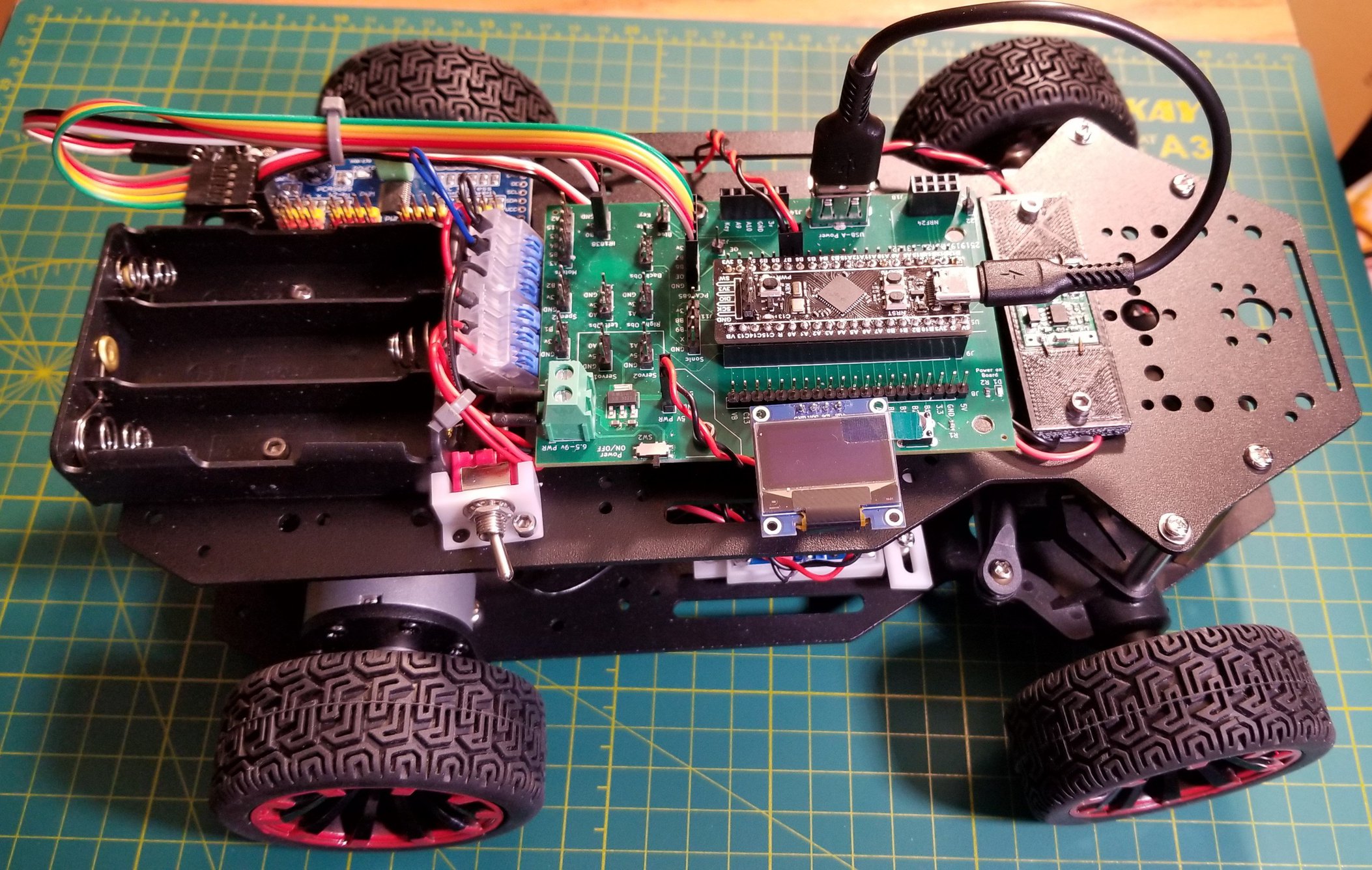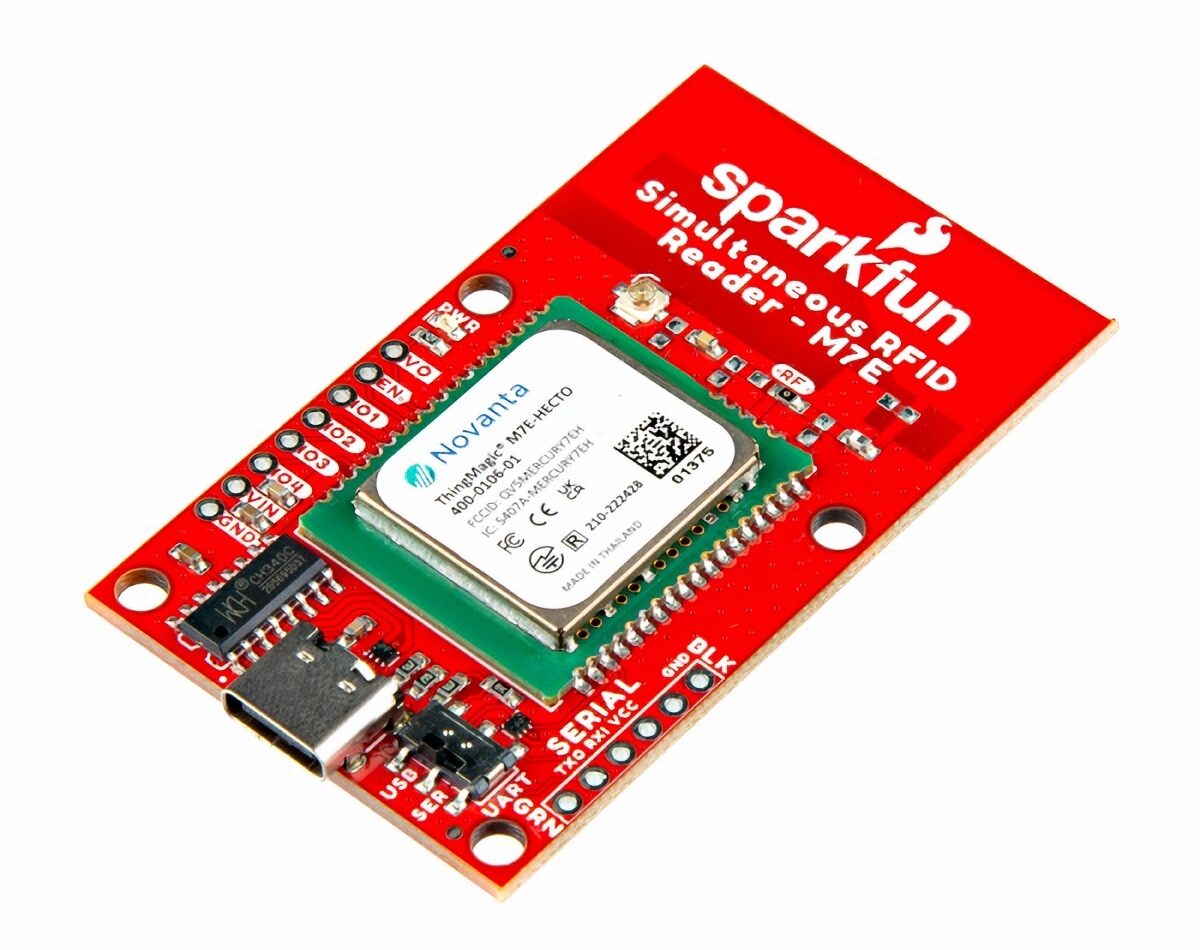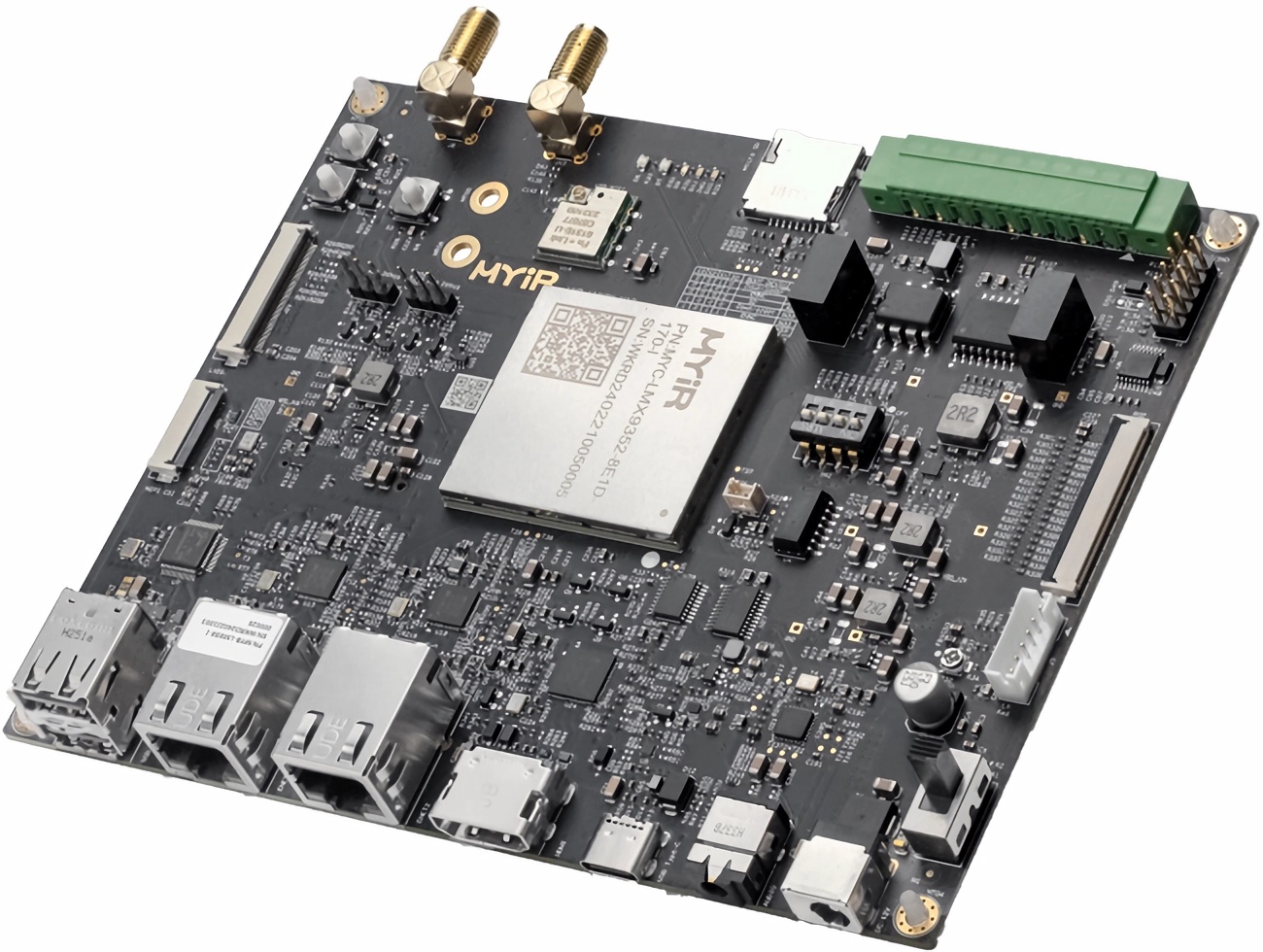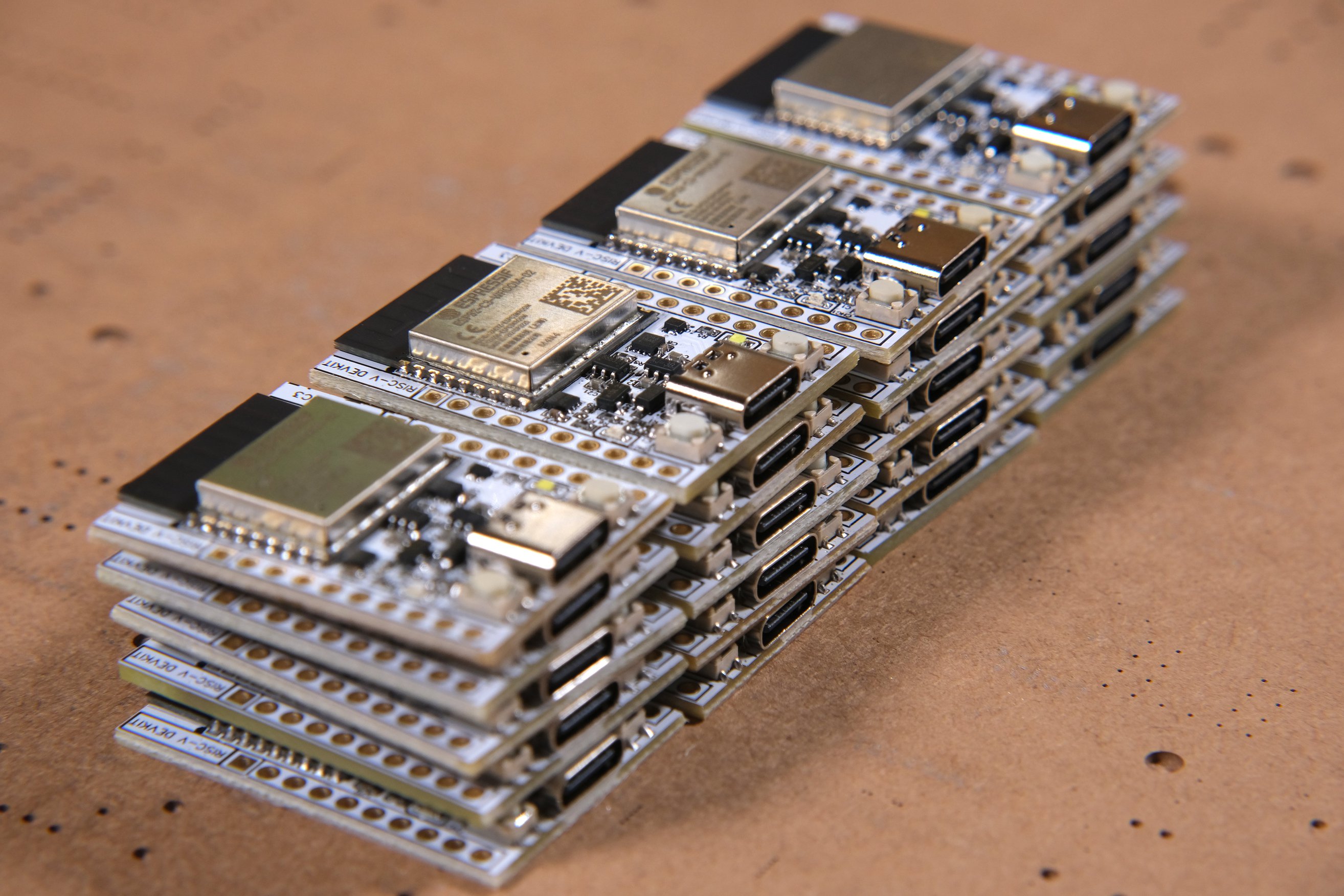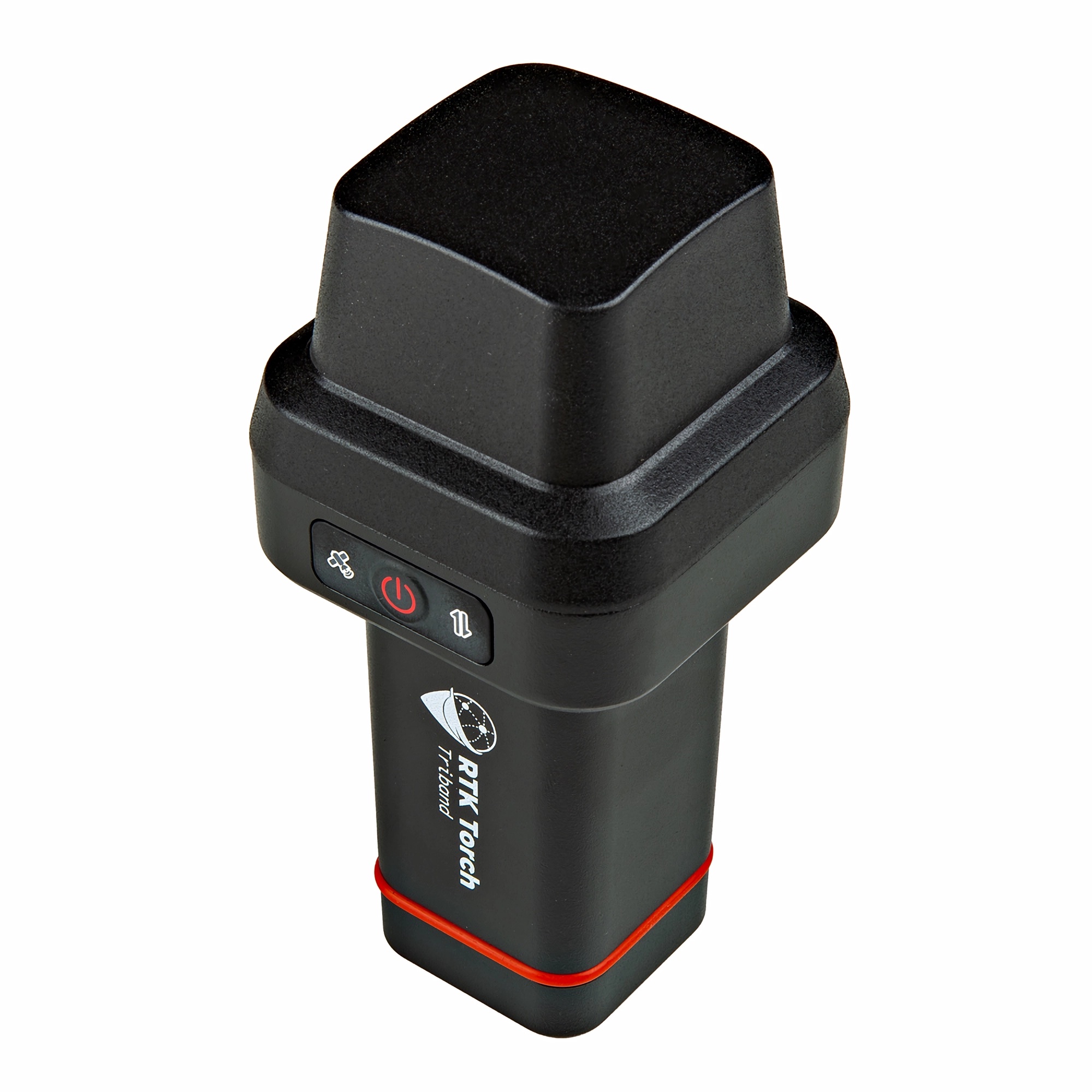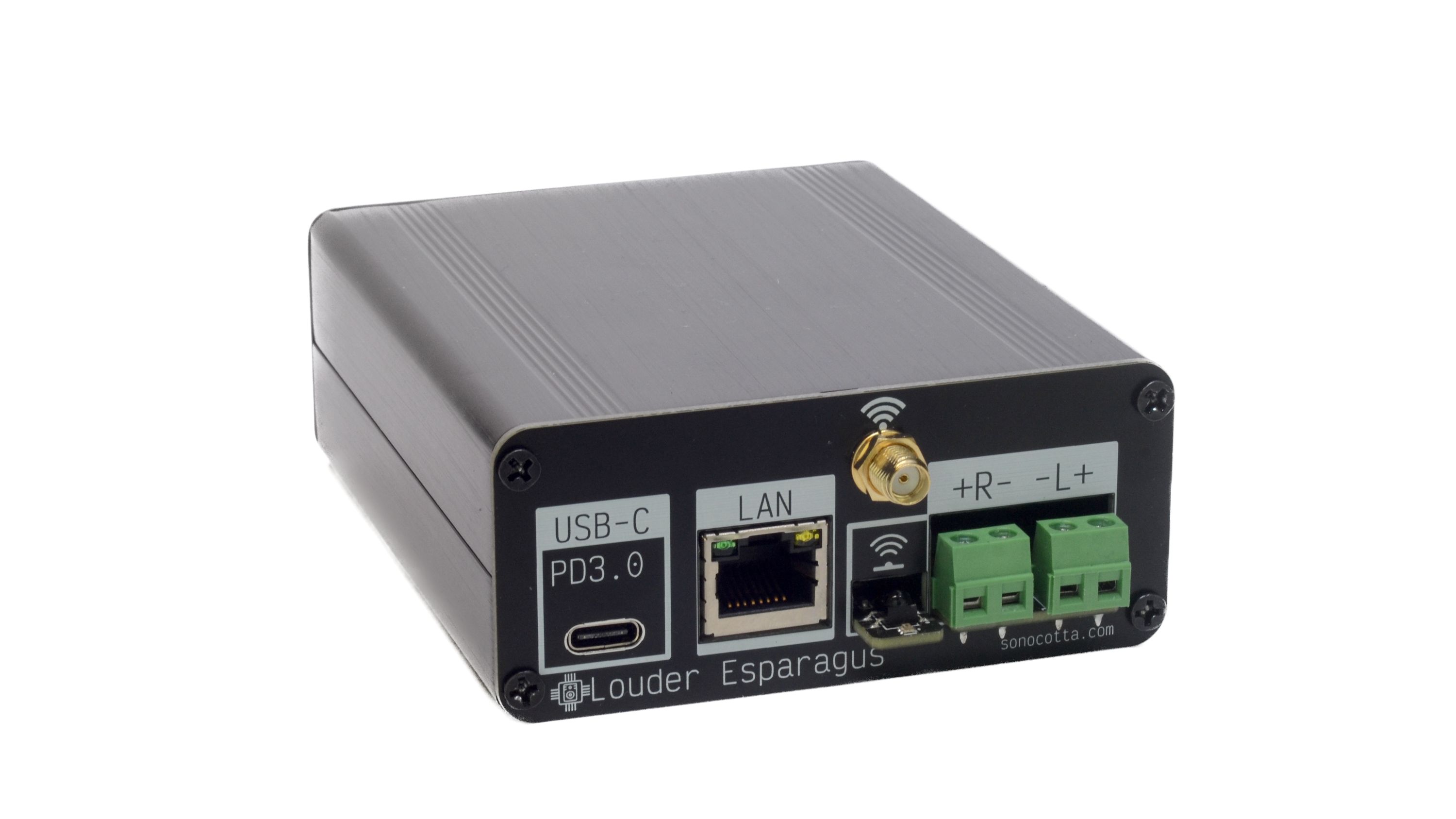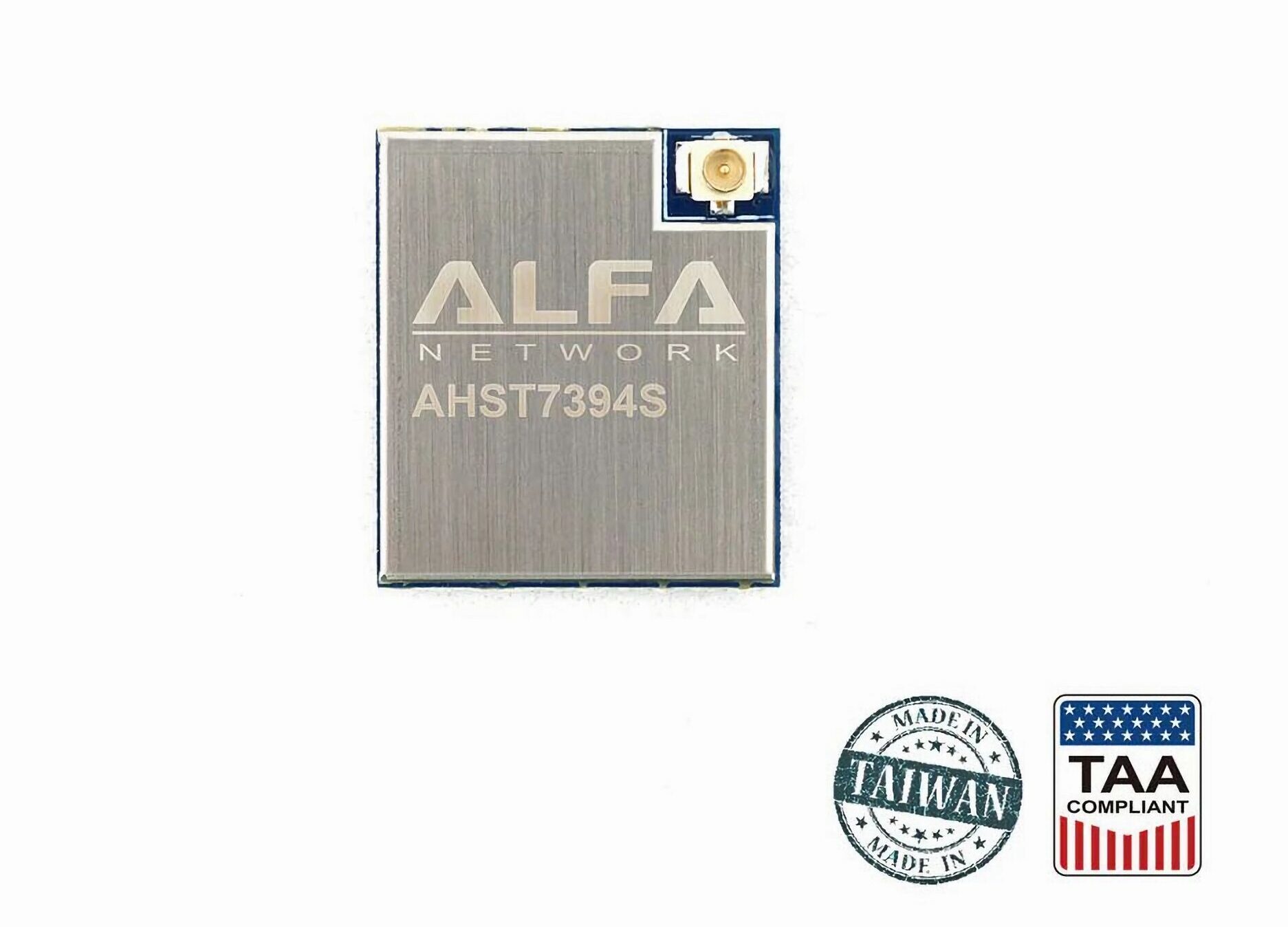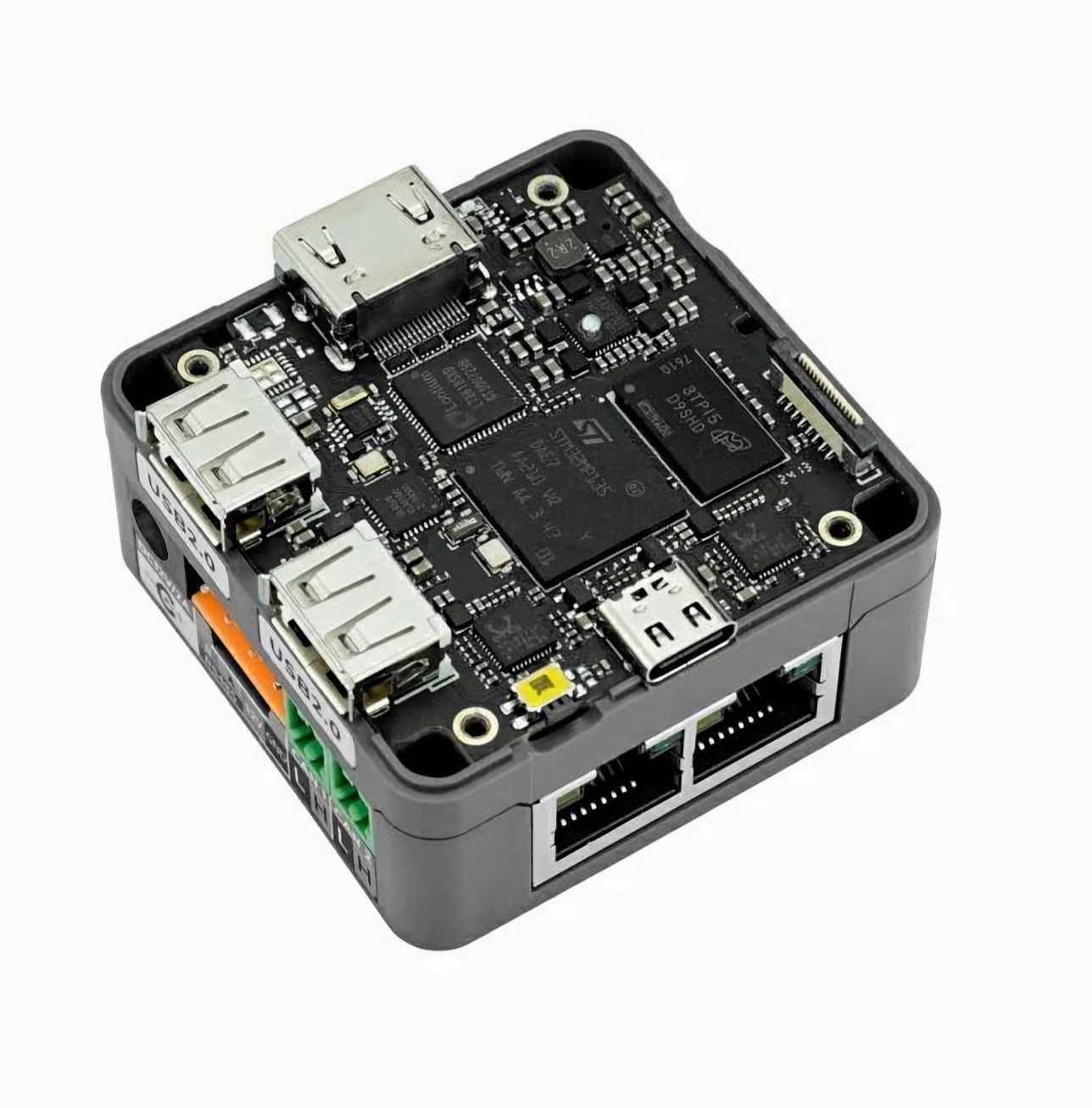The Car Base Board from Applying Microcontroller Solutions is a modular platform for building robot car projects powered by the WeAct Studio Black Pill development board. The Black Pill board is an upgrade to the “Blue Pill 2” board and features the STM32F411CEU6 microcontroller running at 100MHz with 512 KB of flash memory, 128 KB SRAM, and a USB Type-C port for power and programming. The Care Base Board printed circuit board is a base controller that takes hardware expansions such as wireless modules, servos, and sensors to monitor and control a robot car. The onboard headers provide a straightforward way to wire these connections and help prevent a tangled mess (rat’s nest) of wires. The PCB’s design makes it easy to use widely-available, “generic” devices and boards in development and to power all of them with batteries. It also allows the developer to select their favorite wireless communication device. […]
SparkFun M7E Hecto is a simultaneous RFID Reader with USB-C connectivity and a range of up to 5m
SparkFun has announced the M7E Hecto, a ‘simultaneous’ RFID reader in a compact form factor and high-performance capabilities. The RFID reader is powered by Jadak’s Hecto module (M7E-HECTO) from the ThingMagic series which offers a wide RF output range from 0 dBm to +27 dBm and reads up to 300 tags/second. SparkFun M7E Hecto builds on the much older M6E Nano RFID reader, adding a USB-C port, increasing the read rate from 150 tags/second, and reducing power consumption. It supports an external antenna (sold separately) which extends the scanning distance up to 16 ft (4.8m) from the 1 to 2 ft (0.3m – 0.6m) range supported by the onboard antenna. It does come with a warning to ensure that personnel are not directly in the radiation beam of the antenna while they are within 21cm of the antenna (to adhere to FCC limits for long-term exposure to RF emissions). The […]
New NXP i.MX 93-based system-on-modules launched by MYiR, Variscite, and Compulab
We have covered announcements about early NXP i.MX 93-based system-on-modules such as the ADLINK OSM-IMX93 and Ka-Ro Electronics’ QS93, as well as products integrating the higher-end NXP i.MX 95 processor such as the Toradex Titan Evaluation kit. Three additional NXP i.MX 93 SoMs from Variscite, Dart, and Compulab are now available. Targeted at industrial, IoT, and automotive applications, the NXP i.MX 93 features a 64-bit dual-core Arm Cortex-A55 application processor running at up to 1.7GHz and a Cortex-M33 co-processor running at up to 250MHz. It integrates an Arm Ethos-U65 microNPU, providing up to 0.5TOPS of computing power, and supports EdgeLock secure enclave, NXP’s hardware-based security subsystem. The heterogeneous multicore processing architecture allows the device to run Linux on the main core and a real-time operating system on the Cortex-M33 core. The processor is designed for cost-effective and energy-efficient machine learning applications. It supports LVDS, MIPI-DS, and parallel RGB display protocols […]
NanoCell V2.1 battery-powered ESP32-C3 IoT board runs ESPHome for Home Assistant integration
The NanoCell V2.1 is a development board built around the Espressif ESP32-C3 SoC (system-on-a-chip) preloaded with ESPHome firmware for low-power applications and improved Lithium battery management. The development board is a white printed circuit board with gold-plated contacts and a battery fuel-gauge IC, designed by Frapais’ lab in Greece. As the name suggests, the NanoCell V2.1 is the latest in a series of iterations of ESP32-C3-based devices targeted at low-power applications. Compared to earlier versions, it offers a better user experience and improved power efficiency. It features a buck-boost converter that reduces standby current consumption to 66uA (excluding the current consumed by the ESP32 module). The battery management system (BMS) integrated circuit supports accurate capacity measurement and protects connected Lithium batteries from overcharging and other harmful scenarios. Also, two LEDs on the board serve as power and charging indicators to relay the board’s status. It is based on the same […]
SparkFun RTK Torch is a compact and waterproof GNSS surveyor with RTK functionality
SparkFun’s RTK Torch is a real-time kinematic (RTK) surveying device that offers tri-band reception, tilt compensation, and millimeter accuracy in a portable, waterproof enclosure. It features an ESP32-WROOM module with 16MB flash and 2MB PSRAM, providing Wi-Fi and Bluetooth functionality. The onboard RTK-capable Unicore UM980 module receives various GNSS frequencies with high accuracy and supports all available constellations and frequencies. Also included is an STMicroelectronics STM32WLE5CCU6 MCU for obtaining corrections via LoRa radio. The RTK Torch builds on the earlier RTK Facet, adding improvements such as wider reception, higher precision, and a more portable form factor. Like the Facet, the RTK Torch comes in a bundle that includes a carrying case, a 3m USB C-to-C charging cable, a 65W PD wall adapter, and a 1/4in. to 5/8in. antenna thread adapter. It supports several operating modes including GNSS Positioning (~800mm accuracy) – also known as ‘Rover’ GNSS Positioning with RTK (8mm […]
Sonocotta’s ESParagus “Media Center” is a series of ESP32-based, open-source audio streamers (Crowdfunding)
ESParagus Media Center is a line of audio streamers from Sonocotta, all powered by an ESP32 microcontroller module. It includes the ESParagus HiFi MediaLink, Loud ESParagus, and the Louder ESParagus. The ESP32-based audio centers can be used to power old stereo speaker systems that lack streaming capabilities. They are completely open-source, consume little power when not in use, and boot up in seconds. The ESParagus Media Center products are based on the ESP32-WROVER microcontroller module with Wi-Fi and Bluetooth connectivity and an onboard PSRAM chip. They are fitted with an external Wi-Fi antenna and the top-end model – the Louder ESParagus – is fitted with a W5500 LAN chip for Ethernet networking. All three ESParagus Media Centers run squeezelite-esp32 firmware which supports Spotify Connect, Apple AirPlay, and Logitech Media Server. Integrations with Home Assistant are possible and can be useful for multi-room configurations. The Louder ESParagus is quite similar to […]
Alfa Networks AHST7394S Wi-Fi HaLow module enables low-power, long-range IoT connectivity up to 1km
Taiwanese wireless equipment manufacturer, Alfa Networks, and US-based Wi-Fi HaLow semiconductor company, Newracom, have collaborated to develop the AHST7394S Wi-Fi HaLow module. The solder-down module is based on Newracom’s NRC7394 SoC, a low-cost and high-efficiency HaLow SoC chipset providing up to 17dbm output power and capable of connecting to a maximum of 8K devices within a single network. The NRC7394 also supports a standalone mode, which enables the execution of a wide range of IoT applications on the embedded ARM Cortex-M3 CPU. While HaLow is more energy-efficient than other Wi-Fi types, low-power operation modes such as legacy, TWT, and WMM-PS can reduce power consumption further. The AHST7394S Wi-Fi HaLow module supports a data rate of up to 15Mbps, over 600 times faster than LoRaWAN while maintaining a good range (over 1km). The second-generation HaLow module is perfect for building long-range, ultra-low-power networks in sub-1 GHz, license-exempt frequency bands. It is a […]
M5Stack CoreMP135 – A Linux-powered industrial controller based on STM32MP135 Cortex-A7 MPU
M5Stack CoreMP135 is an industrial control host powered by the STM32MP135DAE7 Arm Cortex-A7 core microprocessor running at 1GHz, equipped with up to 512MB DDR3L SDRAM memory, and loaded with high-performance interfaces such as two Gigabit Ethernet ports, three USB ports, two CAN FD interfaces, two Grove interfaces, and an “HD” video output. An integrated PWR485 communication board bundles a 9V to 24V power input and an RS485 interface. The device also features a microSD card slot for storage, a small IPS capacitive touch screen, and a 1W speaker for human-machine interaction. The CoreMP135 is designed for low-power consumption and uses an Allwinner AXP2101 chip for power management. It supports scheduled wake-up and sleep with an integrated real-time clock (BM8563 module). The device runs Linux and comes with a microSD card loaded with the Debian operating system, simplifying setup and allowing usage out of the box. A DIN rail base plate […]


